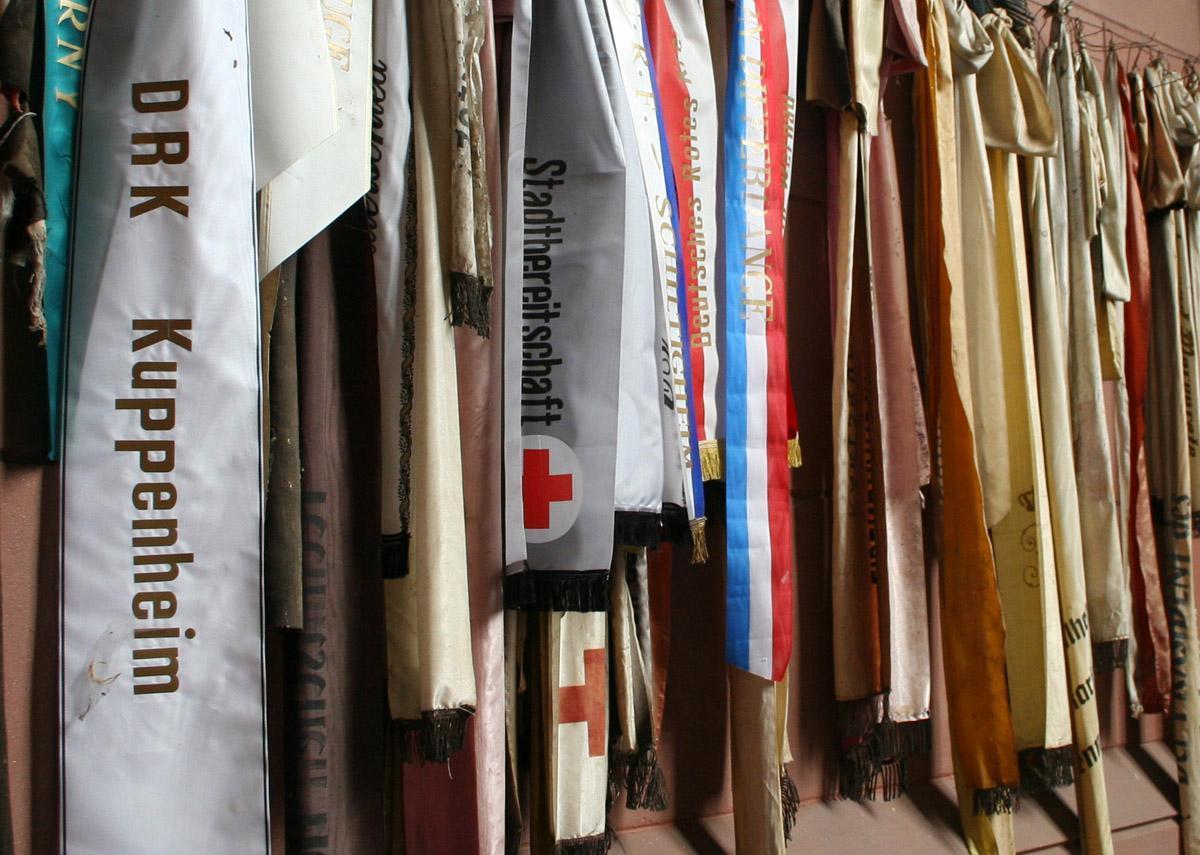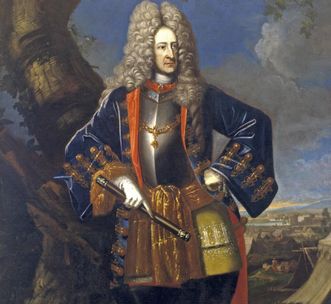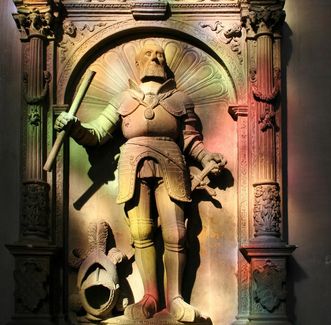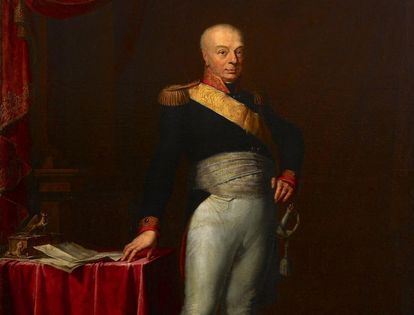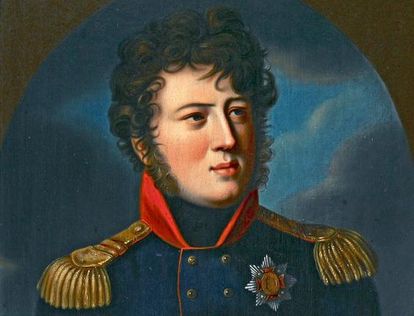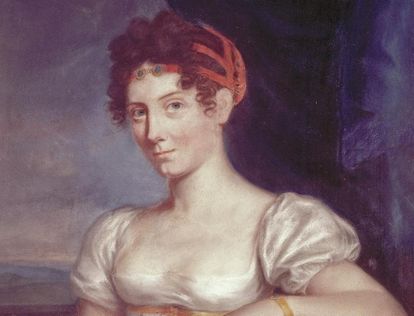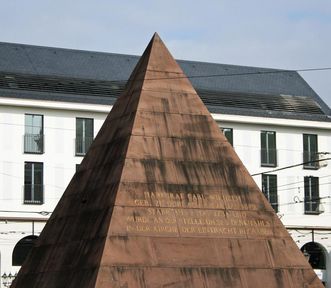Burial places in Backnang and Lichtenthal Monastery
The first margraves of Baden were buried in the collegiate church of Backnang; Judith, Hermann II's wife, grew up there. Later, Margravine Irmengard founded Lichtenthal Monastery in Baden-Baden and had the bones of her husband, Hermann V (died 1243), moved from Backnang to the monastery. She herself was buried next to her husband. The royal chapel was created in the monastery, and members of the House of Baden were buried here between 1288 and 1424. In 1707, a heart—buried separately from its former owner—was interred here: the heart of the "Türkenlouis."



